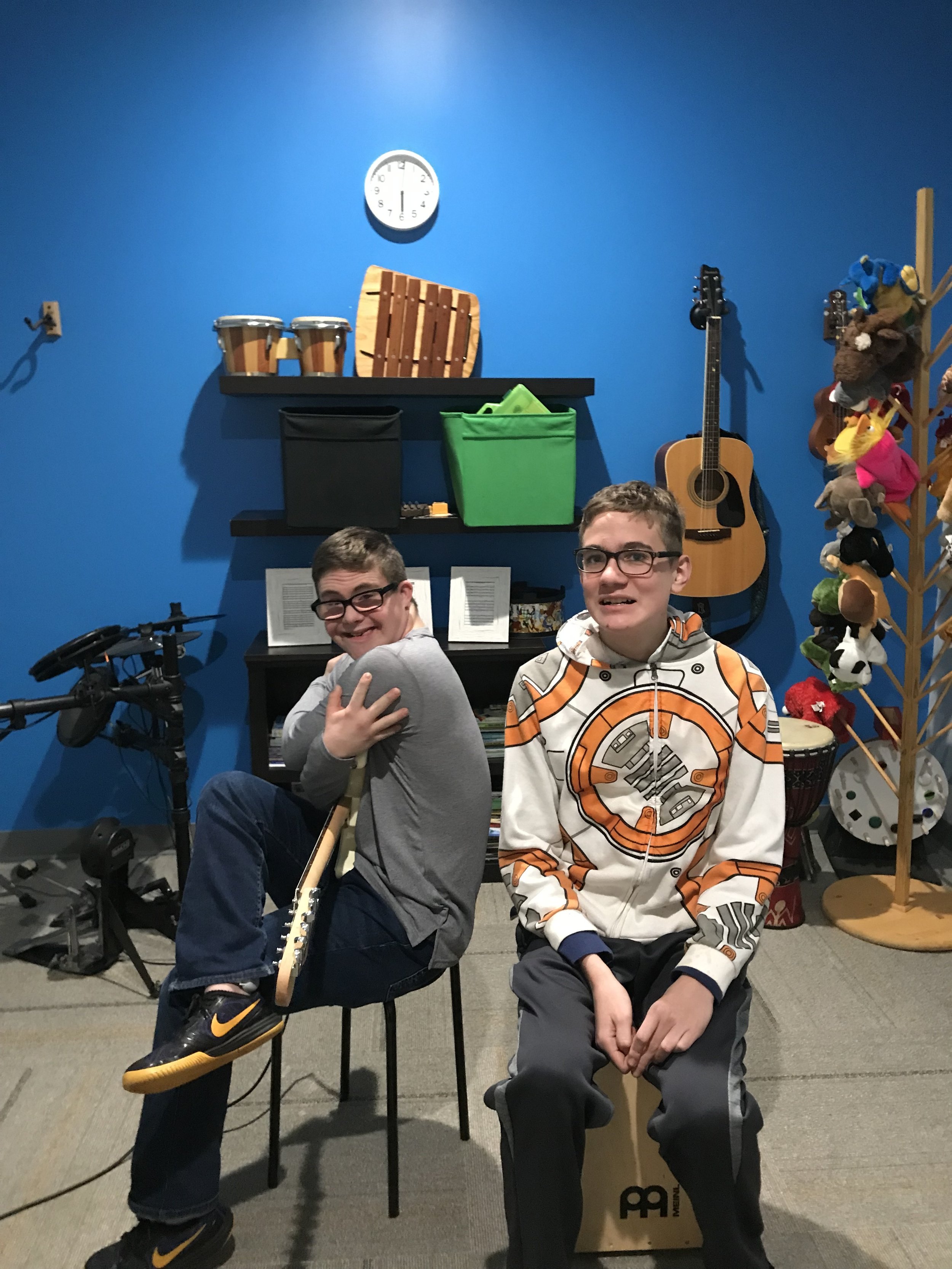One main concern with screen time overuse is that it has been shown to delay social development. With any child, watching television or playing video games for too long can negatively affect development of reading facial expressions and body language, and impair eye contact and communication (Yalda, 2012, p. 388). When children are developing, it is important for them to have plenty of time to explore their likes/dislikes, hobbies, and friendships outside of their time spent on screens. Additionally, the term “addiction” has been used increasingly by physicians in terms of screen use. Abusing screen time releases dopamine in the brain, which results in the addictive nature of technology. This can even result in “neuropathologic damage to the dopaminergic neural system caused by internet addiction disorder” (Sigman, 2014, 611). By spending less time on screens, children have more of an opportunity to fully develop appropriate social skills and regulate emotions more effectively.
Even though dopamine is released as a result of excessive technology use, dopamine release is not a negative concept as a whole. “Dopamine is a neurotransmitter that is involved in motivation and reward-seeking behavior, working memory, and reinforcement learning” (Stegemoller, 2014, 216). In regards to music therapy, this dopamine release is important to our sessions with each of our clients, because listening to music stimulates dopaminergic regions. This is the same neural network that is involved in learning and rewards (Stegemoller, 2014, 217). Although video games and binge-watching television can give a sense of satisfaction or reward, music is scientifically proven to give the same reward!
Although there are many other downsides to screen time, it is important to mention the ways technology can benefit children. Quality, age-appropropriate television can serve as an additional educational experience for children as young as two years old. With television, they can be exposed to topics such as positive racial attitudes, imaginative play, anti-violence attitudes, empathy and respect (Canadian Pediatric Society, 2017, p. 463). With these educational benefits, it is possible to use technology in a safe way, as it is only going to become more dominant in our world.
With this being said, there are practical ways to teach children how to safely utilize technology. An important step is to intentionally minimize screen time, and replace this time with face-to-face interactions. Co-viewing content can also reap the most educational benefits. While children are on their preferred screens, parents can use the opportunity to watch whatever their children are watching, as well as control what they watch. After viewing, parents can facilitate a discussion on what was viewed, and guide their children on practical ways to incorporate information learned into their daily lives (Canadian Paediatric Society 2017, p. 462). This practice can turn screen time into a more intentional learning experience, and decrease mindlessly turning on the television or iPad during important family times, such as during mealtimes or weekends.
In general, it is imperative for children with and without specific disabilities to have clear boundaries for screen time. Children are fully able to develop physically, emotionally, and socially when they are engaging with the people and events in their lives. Additionally, music can be used as an effective tool in replacing screen time with something more productive and rewarding. In doing so, they will become more self-aware of their personalities and the important role they play in the world!
-Mia Cellino, Music Therapy Intern
Canadian Paediatric Society (2017). Screen time and young children: Promoting health and development in a digital world, Paediatrics & Child Health, 22(8), 461–468. https://doi.org/10.1093/pch/pxx123
Sigman, A. (2014). Virtually addicted: why general practice must now confront screen dependency. The British Journal of General Practice, 64(629), 610–611. http://doi.org/10.3399/bjgp14X682597
Stegemoller, E.L. (2014). Exploring a Neuroplasticity Model of Music Therapy. Journal of Music Therapy, 51(3), 211-227.
Uhls, Y.T. (2012). Five Days at Outdoor Education Camp without Screens Improves Preteen Skills with Nonverbal Emotion Cues, Computers in Human Behavior, 39(0), 387-392. https://doi.org/10.1016/j.chb.2014.05.036







